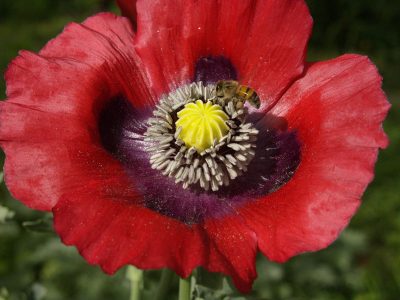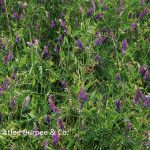Why don’t my wildflower seeds come up?
One reason that wildflower seeds don’t germinate could be that they were planted too deeply. An easy way to gauge how deeply to plant seeds is seed-size. The smaller the seed, the more shallow it should be planted.
This is why you’ll see instructions on many wildflower seed packets to only lightly scratch seeds into the soil, not plant them in holes. They need light to germinate. Some do want a little deeper planting, so check the packet label.
Another reason might be an autumn rain shower, which could wash away your seeds. Or, it could wash more soil on top of them which covers them too deeply.
Also, avoid planting too early. Late October to mid-November is best. In hot dry weather, seeds won’t germinate. In the meantime, they could get eaten or get too wet and rotted.
I planted lots of flowers from seed in my garden when I moved to Austin in 2009. And in September of that year, I got over seven inches of rain in just one day. Needless to say, most of my seeds didn’t come up, and those that did didn’t end up where I planted them.
But maybe that was nature’s way of making me relax about the perfect plan that I thought I had, and loosen up to a more natural look in my garden. The result was, of course, still quite beautiful.
Finally, when your seeds germinate, remember to lightly water them if rains don’t come. We often get hot and dry months in winter. If the little seeds wither, that’s the end of your wildflower crop this year.

 Patrick Kirwin
Patrick Kirwin Brent Heath
Brent Heath Daphne Richards
Daphne Richards
 Trisha Shirey
Trisha Shirey Cover Crops for Winter Gardens
Cover Crops for Winter Gardens